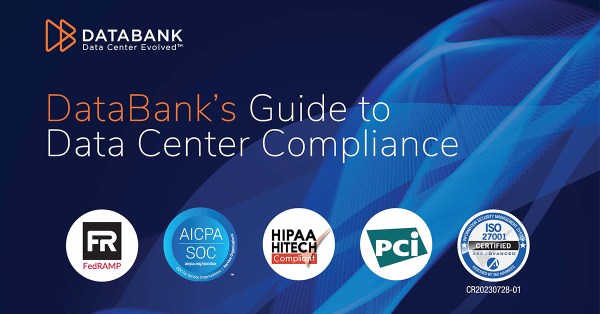Becoming ISO 27001 certified is a rigorous process. Achieving ISO 27001 can, however, deliver significant business benefits. With that in mind, here is a quick guide to what you need to know about ISO 27001 certification.
What is ISO 27001?
ISO 27001 (or, more properly ISO/IEC 27001:2022), is an international standard for information security management systems (ISMS). Created by the International Organization for Standardization (ISO), it outlines a structured approach for establishing, implementing, maintaining, and improving an ISMS.
This framework provides organizations with guidelines to protect information assets, manage risks, and enhance overall security measures. Adhering to these standards helps in achieving a robust and effective information security management system.
Benefits of being ISO 27001 certified
Being ISO 27001 certified often delivers significant business benefits. Here are five of the main ones.
Efficient risk management: The ISO 27001 certification involves a robust risk assessment. This enables organizations to identify, evaluate, and mitigate potential threats more effectively.
Improved business reputation: Being ISO 27001 certified assures customers that their sensitive information is handled with the utmost care and security. The fact that ISO 27001 is internationally recognized means that it can facilitate trust anywhere in the world. By contrast, recognition of compliance programs tends to be more country-specific.
Cost savings: Even if security incidents do not result in sanctions, they inevitably create avoidable disruption. The cost of this disruption can be very high. Implementing ISO 27001 provides organizations with the tools to mitigate risk and, hence, its associated costs.
Operational efficiency: ISO 27001 encourages the development of structured processes and documentation, leading to improved organizational efficiency. Well-defined procedures contribute to smoother operations and better communication across departments.
Employee awareness and engagement: Becoming ISO 27001 certified typically involves educating employees on information security practices. This awareness leads to a more security-conscious workforce, reducing the likelihood of internal security breaches and ensuring active participation in maintaining compliance.
The ISO 27001 certification process
Here is a brief overview of the process organizations need to follow to become ISO 27001 certified.
Putting together a team
Becoming ISO 27001 certified needs to be viewed as a project. This means it needs a deadline, a budget, and a dedicated team. Members of the team may need additional training (or time for self-learning) to perform their tasks effectively. In particular, they need to understand the requirements of ISO 27001 specifically.
Identifying and assessing information security risks
Organizations need to undertake a systematic evaluation of potential threats to their information assets, considering factors such as vulnerabilities, impacts, and likelihood. This risk assessment involves analyzing the organization’s processes, systems, and data to pinpoint vulnerabilities and assess their potential impact on information security.
By understanding these risks, organizations can develop effective risk treatment strategies to mitigate or eliminate threats. The process ensures a proactive approach to information security, aligning with ISO 27001’s risk-based methodology and setting the groundwork for a resilient Information Security Management System (ISMS).
Building an ISO 27001-compliant ISMS
Building an ISO 27001-compliant Information Security Management System (ISMS) involves translating the standard’s requirements into practical policies and processes tailored to the organization’s unique context.
To do this, organizations need to establish a framework that addresses risk management, access controls, data protection, and other critical aspects of information security. This in turn requires them to define roles, responsibilities, and communication channels, fostering a culture of security awareness.
Organizations also need to create robust documentation. In particular, they need to develop a comprehensive Information Security Policy and Statement of Applicability.
Implementing ISO 27001-compliant processes and controls
Organizations translate the identified risks and mitigation strategies into actionable measures, aligning with the standard’s requirements. This involves the development and implementation of security controls across various domains, including access management, cryptography, physical security, and more. It also requires organizations to establish robust operational procedures to ensure the ongoing effectiveness of the ISMS.
Involvement of accredited certification bodies
Once an organization has implemented a robust Information Security Management System (ISMS), it engages an accredited certification body to assess its compliance with ISO 27001 standards. These certification bodies conduct thorough audits to evaluate the effectiveness and adherence to the ISO 27001 standards.
Continuous monitoring and compliance assessment
After achieving certification, organizations must ensure their Information Security Management System (ISMS) remains effective. This involves ongoing monitoring of security controls, risk landscape, and compliance with ISO 27001 standards. To do this, organizations need to conduct regular internal audits and reviews and commit to taking corrective and/or preventive actions based on their outcomes.
This cyclical process ensures the sustained relevance and resilience of the ISMS. It therefore reinforces the organization’s commitment to information security and regulatory compliance.







